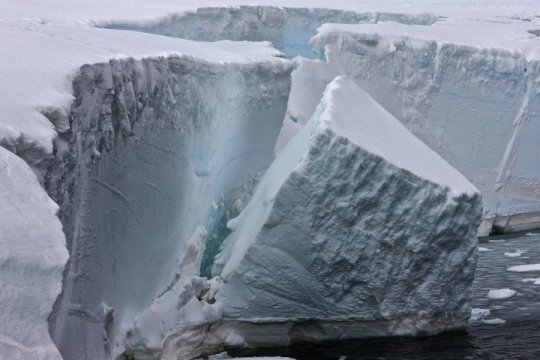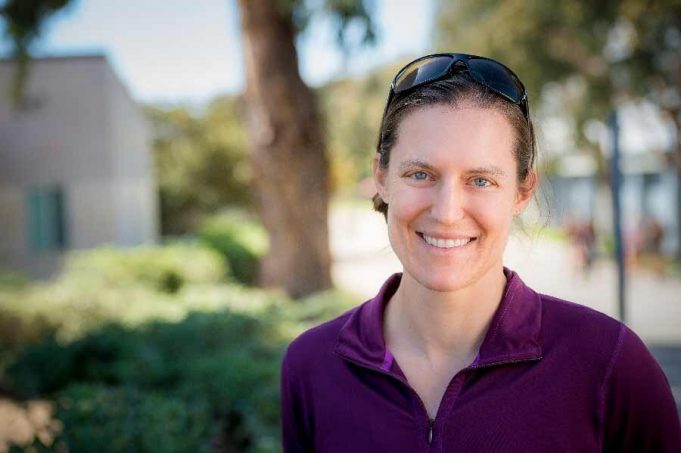Hazardous chemicals such as bromine, antimony and lead are finding their way into food-contact items and other everyday products because manufacturers are using recycled electrical equipment as a source of black plastic, according to a new study.
The substances are...
Shelled marine creatures living in increasingly acidified oceans face a fight for survival as the impacts of climate change spread, a new study suggests.
Researchers from the University of Tsukuba, Japan, and the University of Plymouth, UK, assessed the impact...
This is California as viewed from the International Space Station.Credit: NASA, Stuart Rankin
Droughts in California are mainly controlled by wind, not by the amount of evaporated moisture in the air, new research has found.
The findings were published in Geophysical...
Purdue University scientists led a comprehensive analysis of research concerning the effects of microplastics on aquatic life, with the results showing widely different impacts among different types of animals. Strong negative effects were particularly apparent for small animals, such...
The 2019/20 Black Summer bushfires are a "wake up call" demonstrating the extreme effects of climate change in Australia, according to a group of experts who've published a new study examining the factors that caused the disaster.
The study concludes...
Oil and gas production has doubled in some parts of the United States in the last two years, and scientists can use satellites to see impacts of that trend: a significant increase in the release of the lung-irritating air...
Brookhaven Lab chemists Ping Liu and José Rodriguez helped to characterize structural and mechanistic details of a new low-temperature catalyst for producing high-purity hydrogen gas from water and carbon monoxide.
Credit: Brookhaven National Laboratory
Scientists have developed a new low-temperature catalyst...
New research techniques are being adopted by scientists tackling the most visible impact of climate change—the so-called greening of Arctic regions.
The latest drone and satellite technology is helping an international team of researchers to better understand how the vast, treeless regions...
Research has found that in some cases, the type of algae control done by parrot fish and other species can pose a danger to unhealthy corals, instead of the benefit it usually offers. Credit: Photo by Cory Fuchs, courtesy...
The decommissioning of coal-fired power plants in the continental United States has reduced nearby pollution and its negative impacts on human health and crop yields, according to a new University of California San Diego study.
The findings published this week...
Shallow lakes on the Coastal Plain of Alaska. New research finds permafrost below shallow lakes such as these is thawing as a result of changing winter climate.Credit: Christopher Arp, University of Alaska Fairbanks.
New research shows permafrost below shallow Arctic...


















